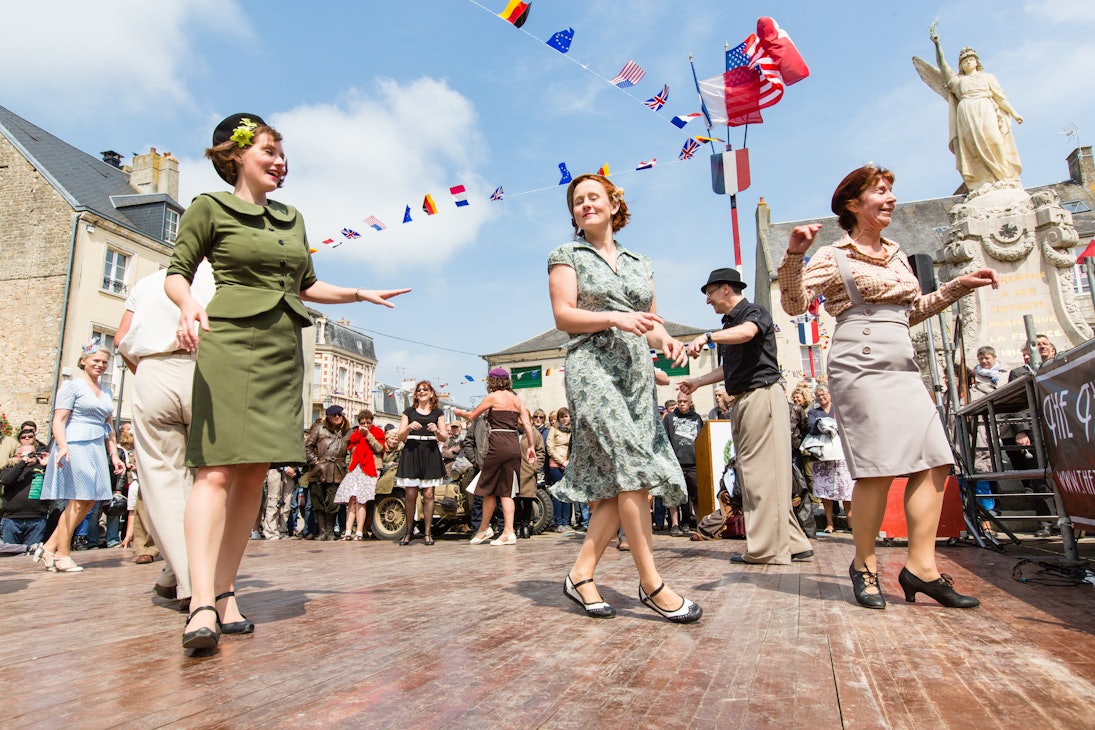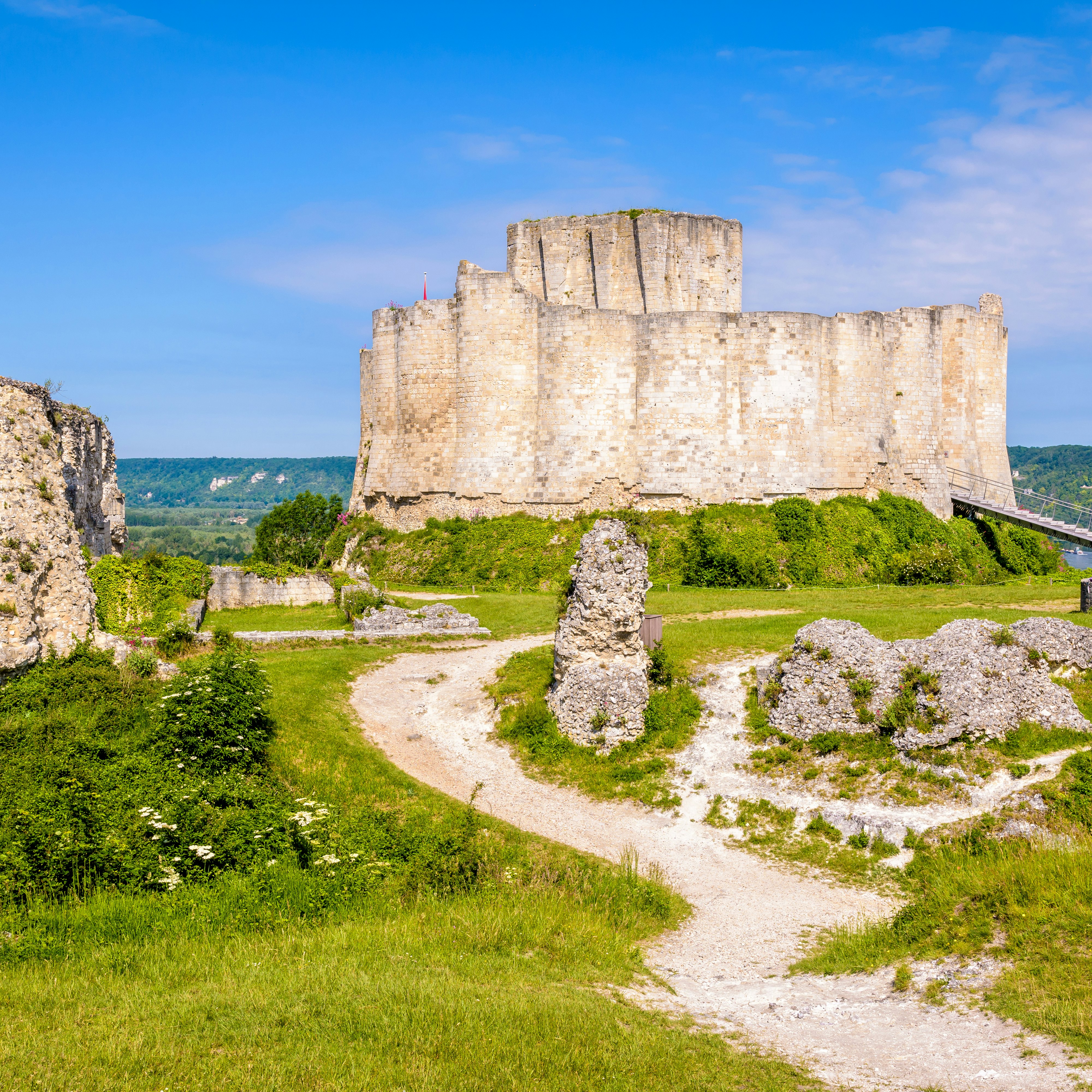
Overview
From the Norman invasion of England in 1066 to the D-Day landings of 1944, Normandy has long played an outsized role in European history. This rich and often brutal past is brought vividly to life by the spectacular and iconic island monastery of Mont St-Michel; the incomparable Bayeux Tapestry, world-famous for its cartoon scenes of 11th-century life; and the transfixing cemeteries and memorials along the D-Day beaches, places of solemn pilgrimage.
Leave the planning to a local expert
Experience the real Normandy. Let a local expert handle the planning for you.
Must-see attractions
Planning Tools
Expert guidance to help you plan your trip
Best Things to Do
Home to a rich history, vast sandy beaches and the iconic Mont St-Michel, there are many fantastic experiences to have in Normandy.
Read full article
Get a book. Get inspired. Get exploring.
in partnership with getyourguide
























